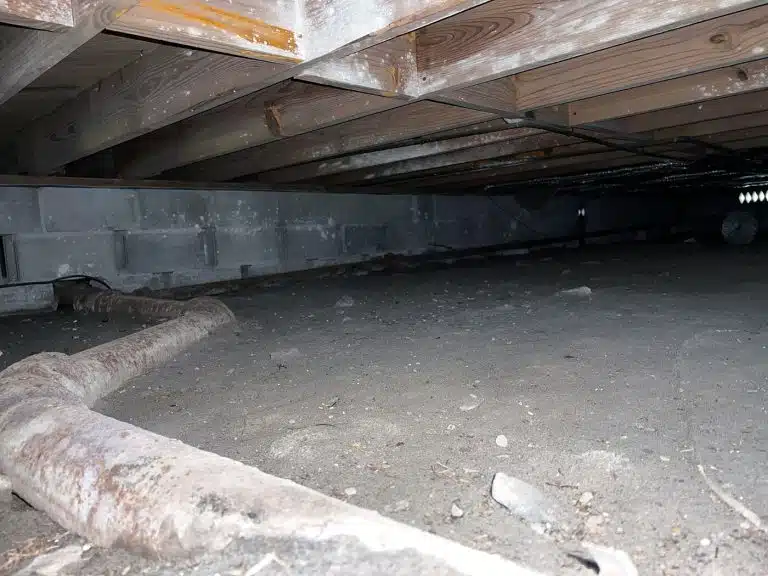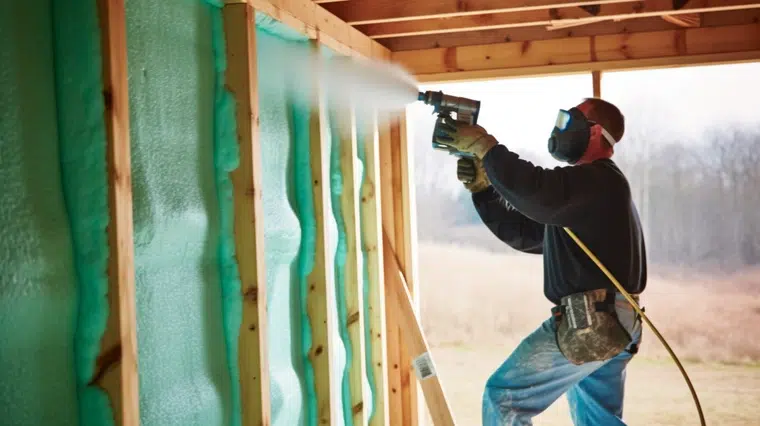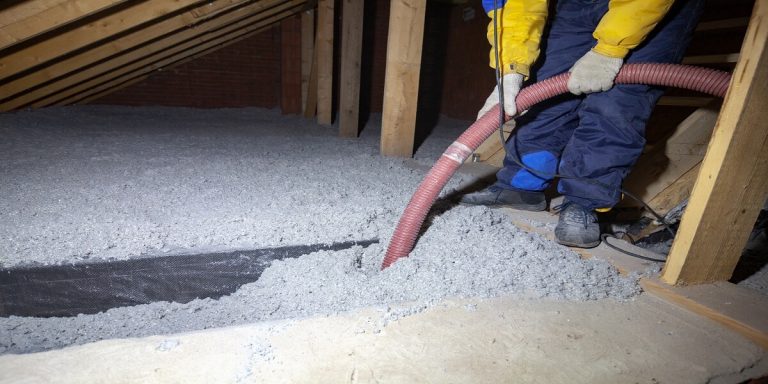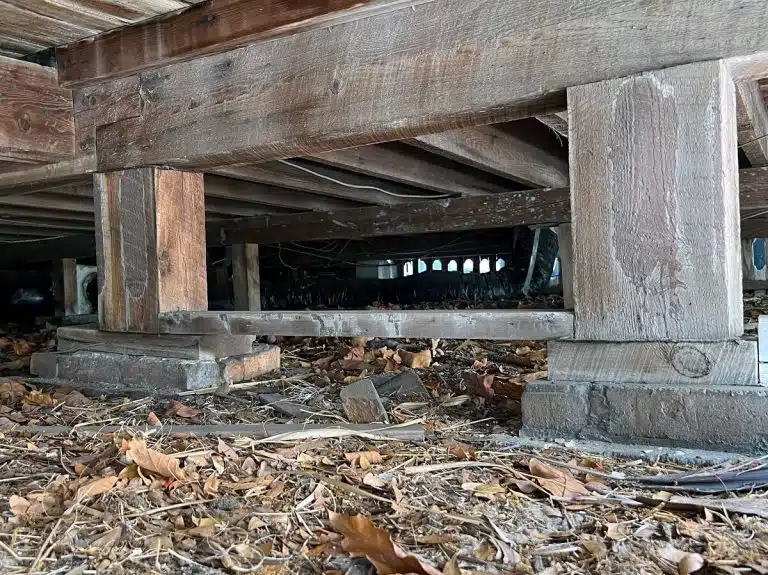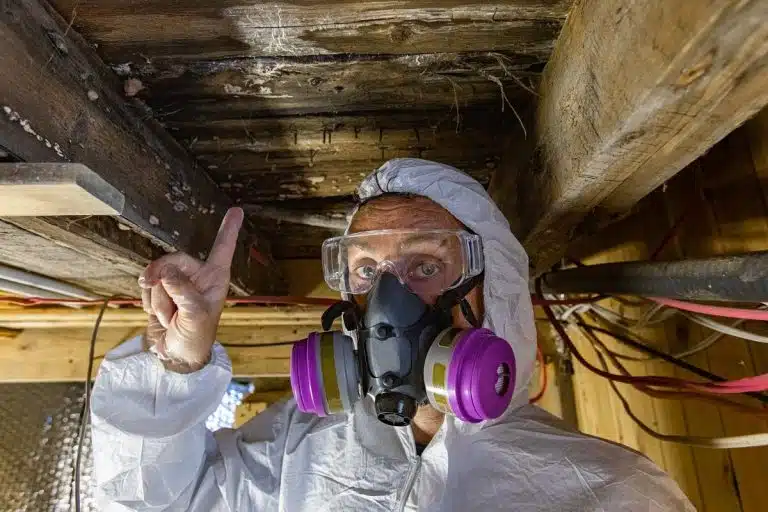Whether you prioritize affordability and simplicity or easy access to utilities and some storage, this guide will equip you to make an informed decision.
Key Highlights
- A slab foundation is cost-effective and simple to construct, ideal for warm climates with stable soil.
- Crawl Space provides easier access to utilities and some storage space and is adaptable to uneven ground.
- Slab foundations are typically cheaper than crawl spaces.
- It’s highly recommended to consult with a licensed engineer or foundation contractor to determine the most suitable foundation type for your specific needs and local building codes.
Slab Foundation vs Crawl Space
What is a crawl space foundation? What is a slab foundation? What are the pros and cons of both solutions? If you have these questions on your mind, we prepared a helpful breakdown of slab and crawl space foundations and what each option entails.
Slab Foundation
A slab foundation, also known as a slab-on-grade foundation, is a common type of home foundation consisting of a thick concrete pad poured directly on the ground.
Here are some of its key characteristics:
- Solid concrete slab: Typically 4 to 8 inches thick in the center, with thicker edges (up to 24 inches) for increased support.
- Resting on a base: The concrete sits on a bed of compacted gravel or crushed rock for drainage and stability.
- No crawl space: Unlike basement foundations, slab homes have no ventilated space beneath the floor.
| Pros | Cons |
|---|---|
| Cost-effective: Less material and labor compared to basements or crawl spaces. | Climate limitations: Not ideal for areas with freezing temperatures as frost heave can crack the slab. |
| Durable: Strong resistance to mold, mildew, pest damage, and passage of time. | Limited access to plumbing and wiring: Since there’s no crawl space, repairs or modifications to plumbing and electrical systems can be more difficult and expensive. |
| Warm floors: In moderate climates, the slab can retain heat effectively. | Susceptible to shifting soil: Slab is not ideal for places with a lot of soil shifts and also cannot be built on a slope. |
| Simple construction: Quicker installation process. |
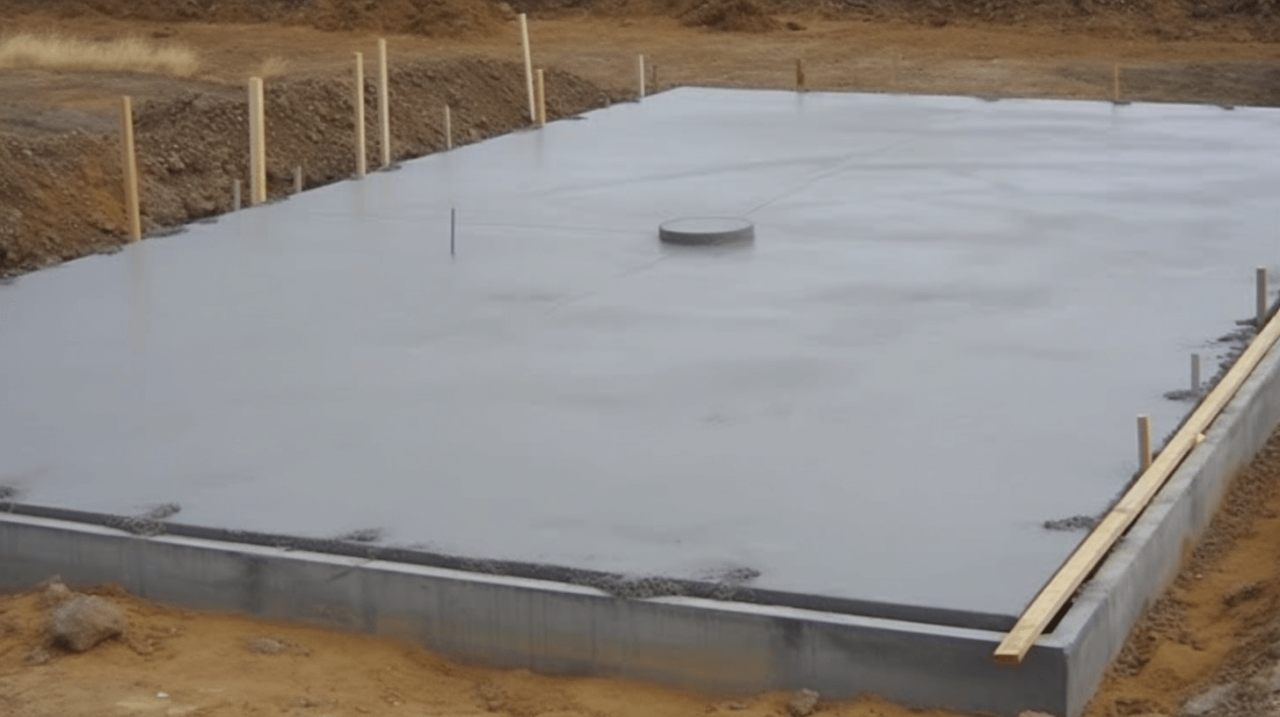
Crawl Space
A crawl space is a shallow area beneath the first floor of a house. It serves as a buffer between the ground and house construction, often being the space where important pipe systems are located.
The most crucial aspects of crawl space include:
- Low profile: Typically between 1 and 3 feet tall, requiring crawling for access.
- Foundation support: Provides a buffer zone between the ground and the house’s main structure.
- Utility access: Houses important components like plumbing pipes, electrical wiring, and HVAC units, allowing for easier maintenance and repairs.
| Pros | Cons |
|---|---|
| Adaptable to sloped terrain: Can be built on uneven ground without extensive groundwork. | Moisture concerns: Prone to moisture problems if not properly ventilated and sealed, which can lead to mold growth and wood rot. |
| Utility access: Easier and less disruptive to reach and maintain plumbing, electrical, and HVAC systems compared to a slab foundation. | Susceptibility to pests: Can provide an attractive habitat for rodents and insects if not properly sealed. |
| Moderate insulation: Provides some thermal insulation between the living area and the ground. | Maintenance required: Regular inspection and potential moisture control measures might be necessary. |
| More cost-effective renovations: Compared to slab foundations, crawl space enables easier and more cost-effective repairs and modifications to a home’s wiring and pipes. | More expensive to construct: Due to their more complex construction, crawl spaces can be costly to build. |
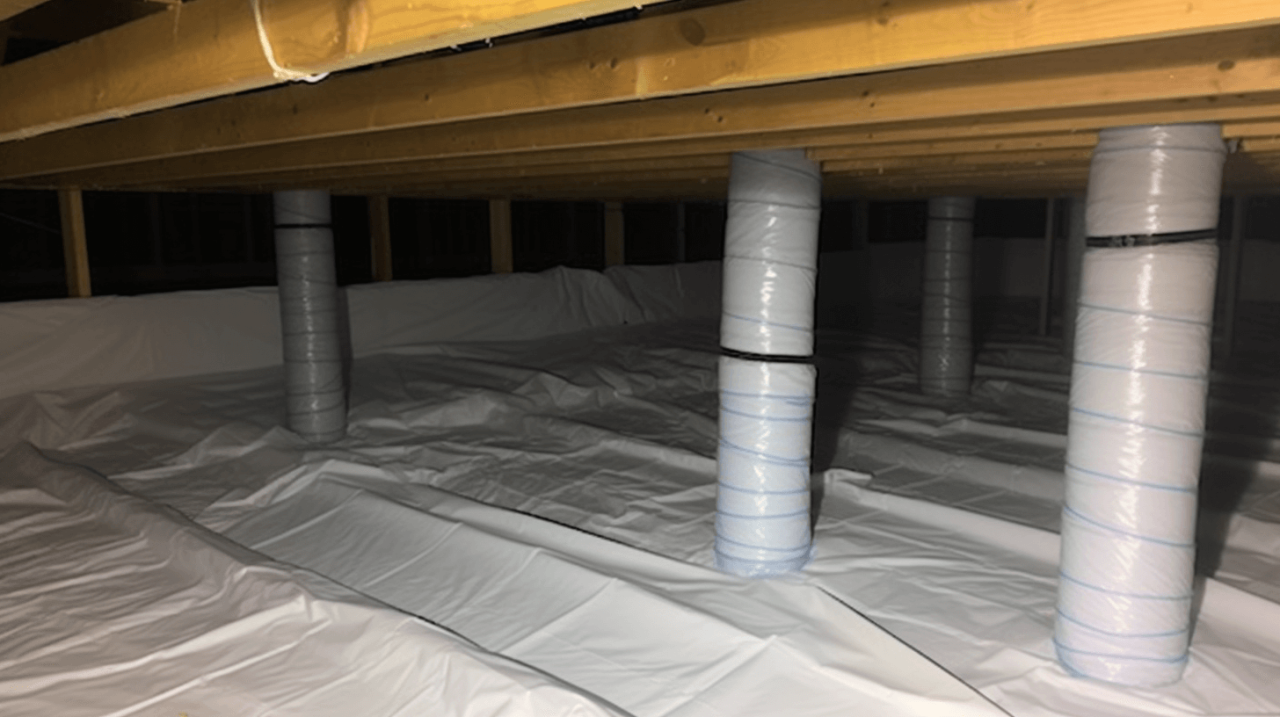
Crawl Space vs Slab Comparison
| Feature/Aspect | Slab Foundation | Crawl Space |
|---|---|---|
| Construction | Thick concrete pad poured directly on the ground. | Shallow area beneath the first floor, typically 1-3 feet tall. |
| Base/Foundation | Sits on a bed of compacted gravel or crushed rock. | Provides a buffer zone between the ground and the house’s main structure. |
| Floor Access | No space beneath the floor. | Space available for access to utilities. |
| Ideal For | Areas without freezing temperatures and stable soil conditions. | Uneven ground or sloped terrains, areas where under-house access is preferred. |
| Climate Adaptation | Not ideal for areas with freezing temperatures due to the risk of frost heave. | Can be adapted with proper ventilation and sealing to mitigate moisture and pests. |
| Construction Complexity | Generally simpler and quicker to install. | Requires more complex construction and maintenance due to its structure and moisture control needs. |
Crawl Space vs Slab Foundation – Costs
Now that we’ve explained all the main differences between crawl space and slab foundation, it’s time to talk about one more crucial aspect – the price.
Slab foundations are generally cheaper than crawl space foundations. A slab foundation typically costs between $5 and $15 per square foot, with a total cost averaging between $5,000 and $15,000.
Crawl spaces require more excavation and materials, leading to a higher price tag. They usually cost between $7 and $14 per square foot or $10,000 to $20,000 in total. This means a crawl space can be nearly double the cost of a slab foundation for the same size home.
Slab vs Crawl Space – Which Is Better?
Long story short, the choice between slab and crawl space will depend on many variables, only one of which is the overall cost. One solution is not clearly better than the other, and it’s crucial to consider all the cons and pros of both options before deciding.
It’s highly recommended to consult with a licensed engineer or foundation contractor in your area. They can assess your specific site conditions, building plans, and local building codes to determine the most suitable foundation type for your new home.
Concrete Slab vs Crawl Space – Final Thoughts
While slab foundations offer a simpler and more affordable option, crawl spaces provide easier access to utilities and some additional storage. Ultimately, the best choice depends on your specific needs and local environment.
For a more comfortable and energy-efficient crawl space, consider Envirosmart Solutions. We specialize in crawl space insulation and ventilation services, ensuring a healthy and dry environment beneath your home.
Contact Envirosmart Solutions today for a free quote and learn how we can improve your crawl space environment.


